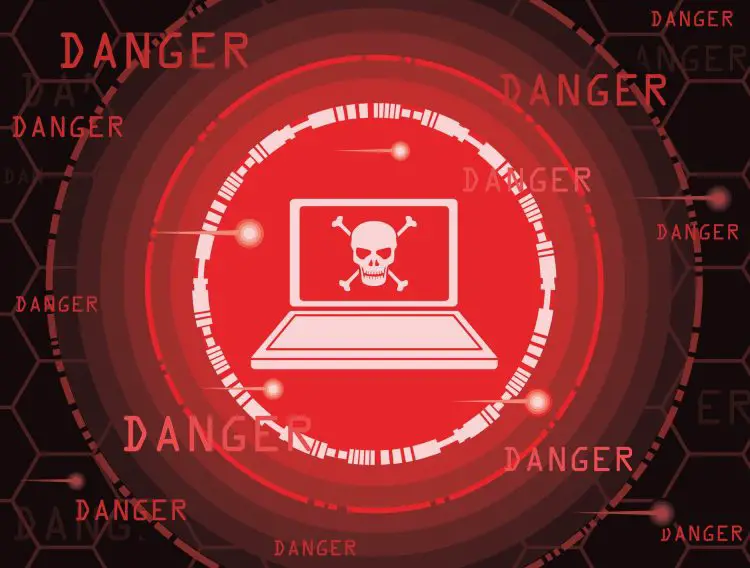Are constant pop-up ads while using Chrome bothering you? Malware might have infected your browser. This guide provides effective strategies to detect and eliminate these troublesome digital intruders. Here, we’ll guide you through tools and tips to clean Chrome thoroughly. Malware can infiltrate Chrome as adware, hijackers, or spyware without notice. Sluggish performance and frequent pop-ups are telltale signs.
Understanding malware in Google Chrome
Malware can infiltrate Chrome as adware, hijackers, or spyware without notice. Sluggish performance and frequent pop-ups are telltale signs. This “malware cold” manifests in various deceptive forms like adware displaying unwanted ads, akin to flyers plastered on your car. Spyware snoops on your online activities and steals data surreptitiously. Browser hijackers sneak in and alter settings without permission – changing homepages, adding unfamiliar toolbars, swapping default search engines.
Like unwelcome guests who show up unexpectedly, malware enters without invitation. And often, it stays too long. If you’re experiencing any of these signs, you might be wondering, is my Chrome browser infected with malware?
Signs of a malware infection
Your computer runs sluggishly, weighed down, this could indicate malware causing internal issues. Pop-up ads emerge suddenly, uninvited guests proliferating with each click. Worse, your browser starts redirecting you to strange sites or altering your homepage without consent. It feels like someone else seized control.
Suspicious internet traffic spikes and unwanted browser changes also raise red flags. Imagine minding your own business when Chrome starts behaving oddly, displaying irrelevant ads or false virus warnings.
Advanced strategies for removing malware in Chrome
To purge those pesky malware remnants from Chrome, think antivirus updates, and browser resets—giving Chrome a fresh start, free of unwanted guests.
Install and update antivirus software
Acquiring antivirus software safeguards Chrome against malware. Ensure it’s always current, enabling detection and elimination of any malicious bugs attempting to infect your browser. A great antivirus program scans all files on your computer, even those in Google Chrome, it identifies and removes unwanted or harmful content. Choose an antivirus tool designed to handle browser-specific threats. Regular updates ensure it can combat new malware variants as they emerge. This is crucial for safe, enjoyable internet browsing without viral interference.

Run a scan and delete corrupted files
Thorough scanning is like searching every nook and cranny of your digital realm. Some scanners overlook areas like Chrome’s data or settings that could harbour malicious code – an oversight you can’t afford.
An effective scanner leaves no stone unturned, hunting through Windows for any hidden malicious code. This includes deleting corrupted files that could slow Chrome or generate intrusive ads while you’re emailing or watching videos.
Reset browser settings
You have scanned and removed corrupted files, now, let’s talk about resetting Google Chrome’s browser settings. This can help get rid of unwanted ads, pop-ups, and any malware lurking in your browser. Go to Chrome settings, select “Advanced,” then find “Reset and clean up.” Clicking this tells your browser to forget the clutter and start fresh – giving it a clean slate.
This action isn’t just about tidying up; it’s crucial for getting rid of malware. Think of it as clearing out all the unhelpful junk from your computer, by resetting your browser defaults through this button, you remove any unsafe software that might still be lingering.
Tips for avoiding future malware infections
Maintaining a safe online environment may seem difficult, but a few wise steps can make a big difference. Be careful about downloads and stay up-to-date.
Update devices and software regularly
Routinely updating your devices and software is a smart move to avoid malware. Think about it, each update can fix security vulnerabilities that hackers could use to get in. So, enabling automatic software updates makes the process easy. You don’t have to worry about missing important changes that can protect you from new threats.
Keeping your devices secure means regularly updating software. This keeps things running smoothly, protecting against malicious programs hiding in outdated versions. It’s like a regular checkup for your technology. Proactive updates block evolving security threats trying to bypass defenses.
Secure wireless network
Keep wireless networks secure, just like you wouldn’t leave your home’s front door wide open. Use strong passwords with letters, numbers, and symbols – a robust lock stopping unwanted access. Avoid public network file sharing, which exposes private info. Secure connections block digital trespassers from accessing personal data.
Be cautious downloading files, malware can sneak in through seemingly harmless programs offering free tools or deals. This tricks users into installing harmful software into browsers like Chrome, and scrutinize downloads to avoid malware disguised as benign apps.
Be cautious when downloading files
Randomly downloading files or clicking shady links may lead to issues. It’s unwise, like accepting candy from strangers. Enable Safe Browsing in Chrome to avoid dubious programs or files. If something seems too good to be true, like free software offered via email, it’s likely a cybercriminal trap for your personal details or a means to disrupt your browsing with unwanted ads and pop-ups. So, think twice before downloading anything from an untrusted source.
Use antivirus software for safeguarding your device, such programs actively detect, isolate, and eliminate malware from your computer before it can corrupt data. Consider it a digital life superhero shield battling malicious intruders. Upgrading Chrome software protects your device from emerging threats. It works like better locks against smarter burglars. Updates let you use the newest security features to stop persistent cyber dangers.
To conclude
Keeping Chrome safe from malware is straightforward. Do these things: always update, use protective tools, and be cautious online. At first, it will feel like work. But with smart strategies, blocking cybercriminals becomes automatic. Ensure Chrome has maximum protection.
Featured image credit: gstudioimagen1 / freepik





